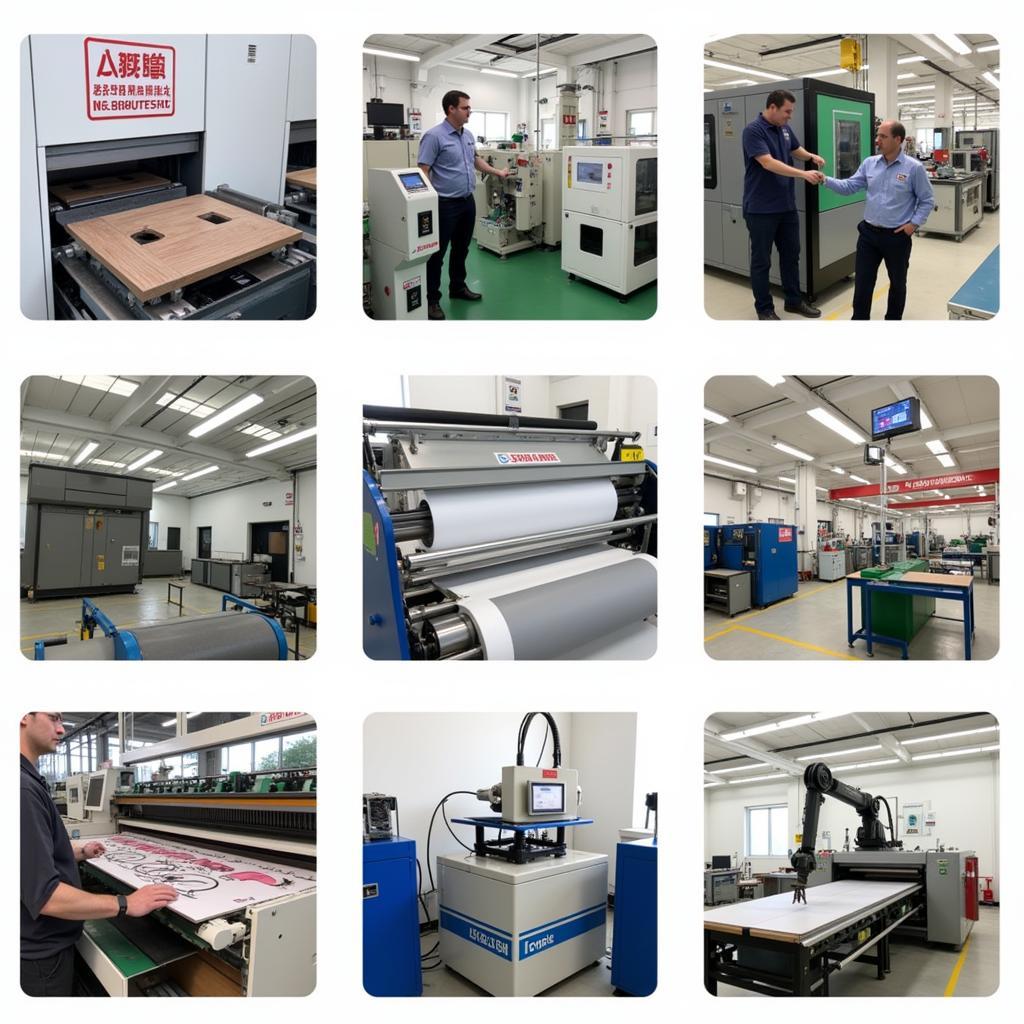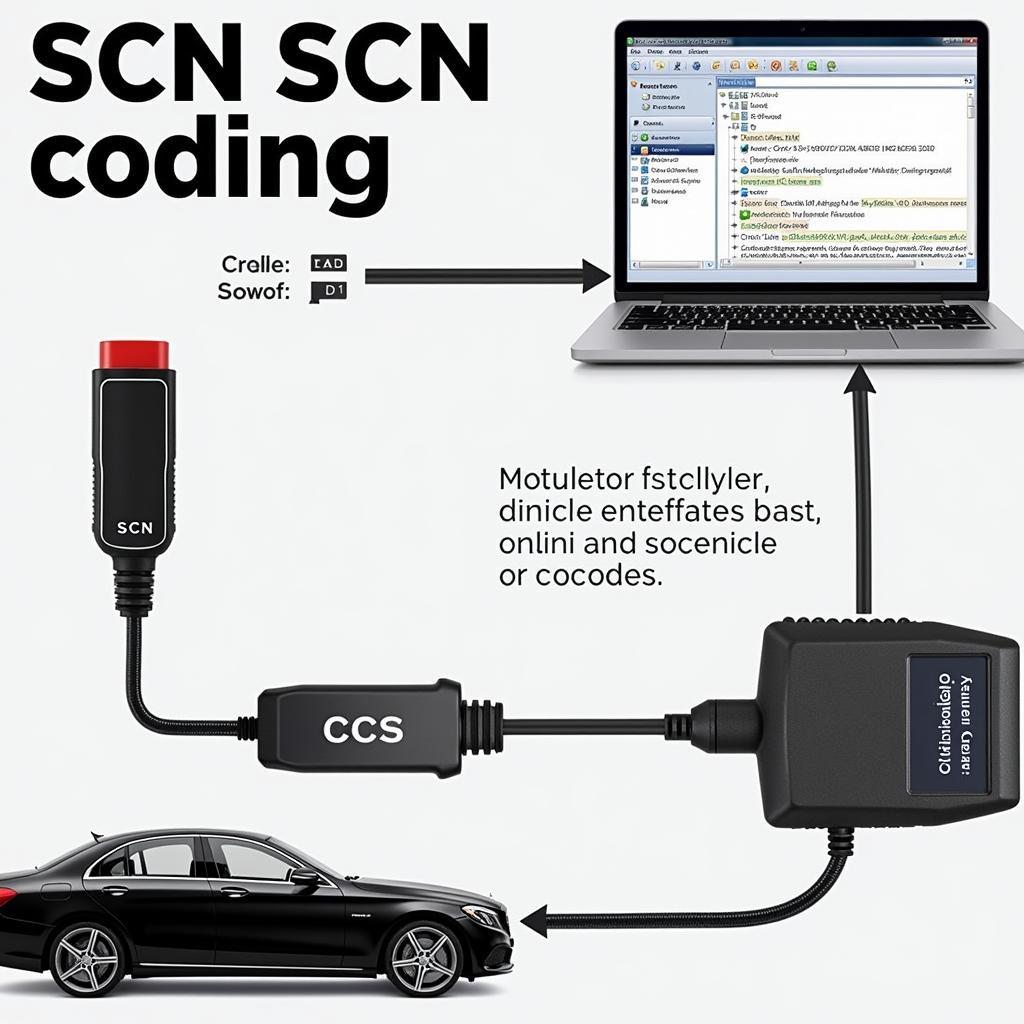The service brake assist warning light appearing on your dashboard can be a cause for concern. This article will delve into the reasons behind this warning light, offer troubleshooting advice, and guide you on the next steps to take. We’ll cover everything from simple checks you can do yourself to more complex issues requiring professional diagnostics and repair. Let’s get started.
What Does the Service Brake Assist Warning Light Mean?
The service brake assist system is a crucial safety feature in modern vehicles. It helps drivers apply maximum braking force in emergency situations, potentially preventing accidents. When the service brake assist warning light illuminates, it signals a potential problem with this system. This could range from a low brake fluid level to a malfunctioning sensor or even a more serious issue with the brake assist system itself. Ignoring this warning light can compromise your safety, so it’s essential to address it promptly.
Have you ever experienced a near-miss on the road and felt the brake pedal suddenly become firmer? That’s your brake assist system kicking in. It senses rapid brake pedal application and automatically boosts braking power to help you stop faster. what is brake lamp warning
Common Causes of the Service Brake Assist Warning Light
Several factors can trigger the service brake assist warning light. Some of the most common causes include:
- Low Brake Fluid: This is often the simplest and most easily remedied cause. Low brake fluid can indicate a leak in the brake system, which requires immediate attention.
- Faulty Brake Light Switch: The brake light switch not only activates your brake lights but also plays a role in engaging the brake assist system. A malfunctioning switch can disrupt this process and trigger the warning light.
- ABS Issues: The Anti-lock Braking System (ABS) and brake assist are often interconnected. Problems with the ABS can also affect the brake assist system.
- Wheel Speed Sensor Problems: Wheel speed sensors provide crucial data to the ABS and brake assist systems. A faulty sensor can send incorrect information, leading to the warning light.
- Wiring or Connector Issues: Damaged wiring or loose connectors within the brake system can disrupt communication between components and trigger the warning light.
Troubleshooting the Service Brake Assist Warning Light
If your service brake assist warning light comes on, here’s what you can do:
- Check the Brake Fluid Level: Open the hood and locate the brake fluid reservoir. Check the fluid level and top it off if necessary. If the fluid level is consistently low, you likely have a leak that needs professional attention.
- Inspect the Brake Lights: Have someone press the brake pedal while you check if all the brake lights are working correctly. If not, the brake light switch may be faulty.
- Scan for Diagnostic Trouble Codes (DTCs): Use an OBD-II scanner to retrieve any stored DTCs related to the brake system. This can provide valuable clues about the specific problem. Many auto parts stores offer free code scanning.
“Always prioritize safety when dealing with brake issues. If you’re unsure about anything, it’s best to consult a qualified technician,” advises John Miller, a certified automotive diagnostic technician with over 20 years of experience.
When to Seek Professional Help
While some simple checks can be done at home, more complex issues require professional diagnosis and repair. If you’ve checked the brake fluid and brake lights, and the warning light persists, it’s time to consult a qualified mechanic. They have the specialized tools and knowledge to diagnose the problem accurately and perform the necessary repairs.
acura vsa warning light hard brake and brake pad warning mini cooper can sometimes be related to the service brake assist system.
“Ignoring the service brake assist warning light can lead to more serious problems and compromise your safety,” warns Sarah Johnson, an automotive safety expert. “Addressing the issue promptly can prevent costly repairs down the line.”
2014 silverado service stabilitrack service brake warning demonstrates how interconnected vehicle systems can be.
Conclusion
The service brake assist warning light serves as an important reminder to address potential issues with your braking system. While simple checks can sometimes resolve the problem, it’s crucial to seek professional help when needed. Don’t ignore this warning light—your safety depends on it. Addressing the issue promptly can prevent more significant problems and ensure your vehicle’s braking system functions optimally.
FAQ
- What is the service brake assist system? It’s a safety system that helps drivers apply maximum braking force in emergencies.
- Is it safe to drive with the service brake assist warning light on? It’s not recommended. While you may still have braking power, the assist function might be compromised, putting you at risk.
- How much does it cost to fix the service brake assist system? The cost varies depending on the specific problem. A simple brake fluid top-off is inexpensive, while more complex repairs can be costly.
- Can I fix the service brake assist system myself? Simple checks like topping off brake fluid can be done at home. However, more complex issues require professional expertise.
- How often should I check my brake fluid level? It’s good practice to check your brake fluid level at least once a month.
- What does the ABS light mean? The ABS light indicates a problem with the Anti-lock Braking System. While related to brake assist, it’s a separate system.
- Can a faulty brake light switch cause the service brake assist warning light? Yes, the brake light switch plays a role in engaging the brake assist system, and a malfunctioning switch can trigger the warning light.


